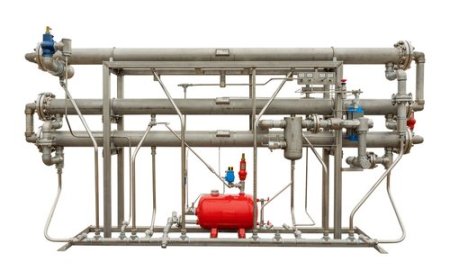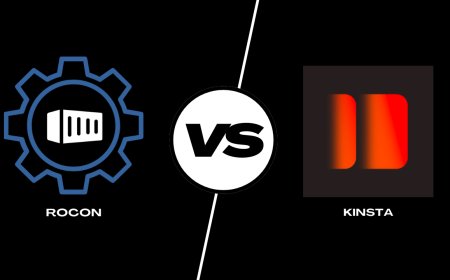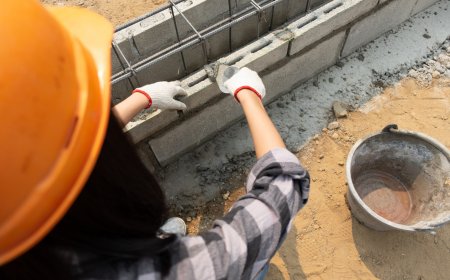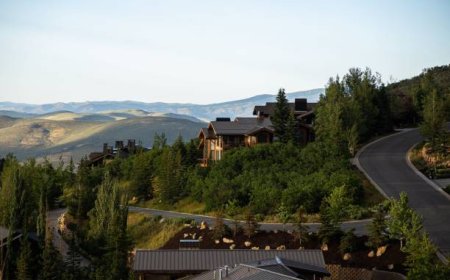How Summer Heat Damages Your Roof — and How to Fix It
When the sun is blazing and temperatures soar, we often think of sunscreen, air conditioning, and icy drinks. But what about your roof? While you're staying cool inside, your roof is taking a serious beating from the summer heat — and most homeowners don’t even realize it until it's too late.

When the sun is blazing and temperatures soar, we often think of sunscreen, air conditioning, and icy drinks. But what about your roof? While you're staying cool inside, your roof is taking a serious beating from the summer heat and most homeowners dont even realize it until it's too late.
If you've noticed shingles curling, higher energy bills, or even signs of a leak after a long stretch of heat, youre not alone. Summer can be one of the most damaging seasons for roofing. Lets explore how heat harms your roof and what you can do about it including when its time to call in the pros for roof repair.
Why Summer Heat is Harder on Your Roof Than You Think
Extreme temperatures can do more than just make your attic stuffy. When your roof is exposed to continuous heat (especially in areas with little rain or shade), the materials start to expand, crack, and weaken.
This isnt just a surface problem. Heat-related damage can affect your shingles, flashing, underlayment, and even your homes energy efficiency.
Thermal Expansion and Contraction
Roofs are constantly expanding and contracting with temperature changes. During summer, this cycle speeds up due to hot days and cooler nights.
-
Shingles can warp or crack.
-
Flashing (the metal sealing around chimneys or vents) may loosen.
-
Seams can separate, creating gaps for water to enter.
Over time, this movement wears down your roofs structural integrity, leading to costly roof repair needs.
UV Radiation Damage: The Silent Roof Killer
You cant see UV rays, but theyre constantly bombarding your roof. Prolonged exposure can degrade materials faster than you'd expect.
UV impact includes:
-
Drying out asphalt shingles, making them brittle.
-
Fading roof color and reducing curb appeal.
-
Breaking down protective coatings that shield against leaks.
Without attention, this leads to cracks, holes, and potential leaks.
Shingle Blistering and Buckling
Have you ever noticed bubbles or raised areas on shingles? Thats shingle blistering, a common result of intense heat and poor attic ventilation.
Heres why it happens:
-
Moisture gets trapped under shingles.
-
Sunlight heats the moisture, causing blistering.
-
Over time, these blisters pop or crack, exposing the roof to water.
Buckling is another issue where shingles lift or curve, often due to heat-induced warping of the roofing deck. This can leave your home vulnerable to wind and water damage.
Attic Overheating: The Hidden Heat Trap
Many people forget that a poorly ventilated attic can reach temperatures over 150F in the summer. That heat radiates downward, increasing your cooling costs and upward, baking your roof from below.
Consequences include:
-
Premature aging of your roof structure.
-
Increased risk of mold and mildew.
-
Skyrocketing energy bills.
A smart fix includes improving attic insulation and ventilation and addressing any existing roof repair needs before they worsen.
Summer Storms and Flash Flooding
Heat can also be followed by sudden summer storms. Your roof might not be ready to handle the rapid transition from dry to drenched.
Cracked shingles, loose flashing, or clogged gutters cant divert heavy rainfall, leading to leaks, mold, or even structural rot. Regular maintenance and timely roof repair is your best protection.
How to Fix Summer Roof Damage (and Prevent It)
Summer roof damage isnt something you should ignore but its also manageable with the right approach.
1. Schedule a Professional Roof Inspection
Before you spot a leak, get ahead with a professional inspection. Experts can identify heat-related problems before they become emergencies.
2. Replace Damaged or Curled Shingles
If shingles are warped or missing, replace them ASAP to prevent deeper issues.
3. Improve Attic Ventilation
Install ridge vents, attic fans, or soffit vents to keep the attic cooler and reduce pressure on the roof.
4. Seal Flashing and Joints
Make sure all metal flashing is sealed tight around vents, chimneys, and valleys. Any looseness can invite leaks during storms.
5. Call a Trusted Roofing Company
For bigger jobs, dont DIY. A trusted professional like DM Roofing LLC can handle everything from inspection to complete roof repair, ensuring your home stays protected year-round.
Dont Wait for a Leak to Act
Roof damage isnt always obvious. Waiting until a leak appears can double or triple your repair costs. A proactive approach especially during and after summer saves money, time, and stress.
From curled shingles to sky-high energy bills, every symptom tells a story. The good news? A timely roof repair can restore your roof's strength and extend its lifespan by years.
Keep Your Roof Cool, Strong, and Leak-Free
Think of your roof as the frontline defense for your entire home. Summer might be tough on it, but with the right care and repairs, you can beat the heat and avoid costly replacements.
Stay vigilant, schedule inspections, and when in doubt, call in trusted experts like DM Roofing LLC to evaluate and fix any issues fast.
Remember: A little roof repair today can prevent a full replacement tomorrow.
FAQs: Summer Roof Damage & Repair
1. Can summer heat really cause roof leaks?
Yes. Heat can warp materials, loosen flashing, and crack shingles all of which can lead to leaks, especially when summer storms hit.
2. How often should I check my roof in the summer?
At least once per season. Ideally, schedule a professional inspection every year, especially after heatwaves or storms.
3. Are certain roofing materials more heat-resistant?
Yes. Metal roofing and reflective shingles handle heat better than traditional asphalt. Ask your roofer about the best option for your climate.
4. Will my insurance cover heat-related roof repair?
It depends on your policy and the damage type. Most insurance covers storm damage but not general wear from heat. Always check with your provider.
5. Is attic ventilation really that important?
Absolutely. Poor ventilation traps heat, increases your cooling bill, and damages roofing materials from the inside. It's a simple fix with long-term benefits.














































